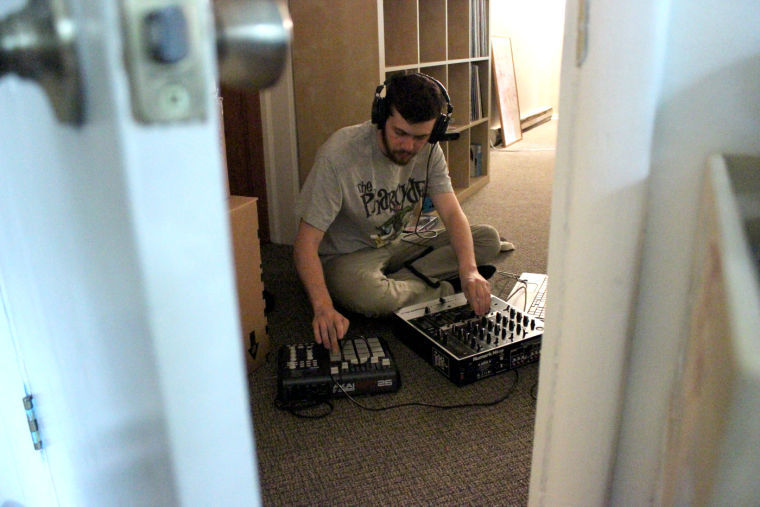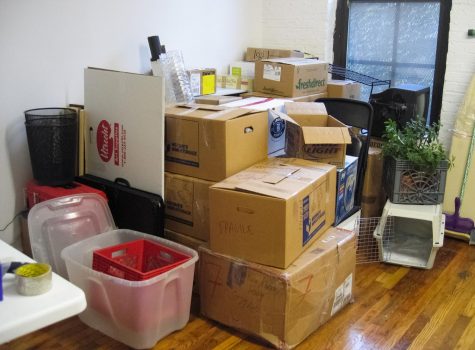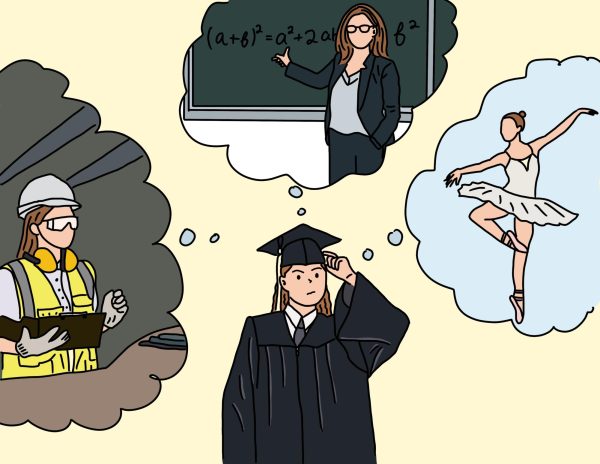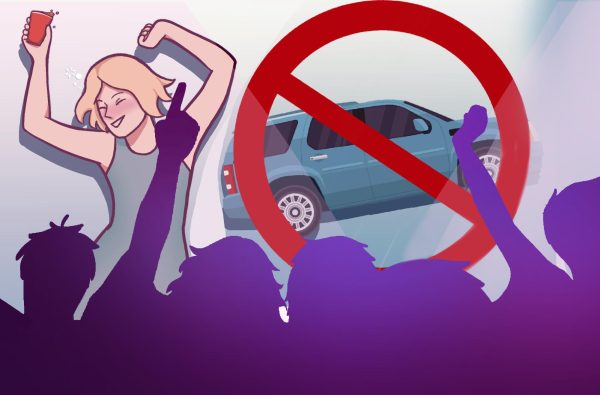So you want to be a DJ?
June 25, 2014
Electronic music is all the rave right now, and at the center of it all is the DJ. The DJ plays tunes, gets people on their feet and creates the soundtrack to all sorts of experiences. The DJ is cool – plain and simple.
Who wouldn’t want to be a DJ? Apparently many people ask themselves this question, to which they respond, “I do!” Throw a stone and surely you’ll find one. I take that back. Throw a cotton ball and you’ll find a DJ.
It seems to me that more and more people are reaching for their laptops, some free software or a pair of turntables and assuming the title for themselves.
Historically, being a DJ has cost a lot more than it does now. DJs once prized their record collections and held onto them firmly. Some of the best northern soul DJs were highly touted for the rarity of their records.
With the advent of the digital marketplace, however, it has become easier and cheaper to buy songs individually, effectively killing the intrinsic value of full albums. Moreover, top-sellers charts like those from Billboard and Pitchfork dilute pools of talent by swaying large majorities to purchase the same handful of songs.
The biggest game-changers might be the lower prices and simpler usability of modern DJ equipment.
Consider that the Technics SL-1200 turntable, which has been lauded since 1972 as a staple of the DJ’s arsenal, can be found used on eBay for upwards of $700. A quality mixer can cost just as much.
For a simple DJ setup you’d need two turntables and a mixer. Given their prices, a setup is roughly $2,100. Don’t forget you’re going to need records for those turntables as well. You could go with Rane’s Scratch Live setup to use vinyl control with digital files, but that will set you back an additional $500 to $900. Even Pioneer’s CDJ, another industry standard, can run over $700 per unit.
Pioneer’s DDJ-SR controller is about $600. It has everything a turntable or CDJ would have; the ability of a mixer and Serato DJ software for mixing digitally. Even cheaper controllers exist like Numark’s Mixtrack II, which comes at the budget price of $149. By cheapening the price it allows more people to be a DJ. In itself, that’s not such a bad thing.
At the same time, a bunch of mediocre mixers with SoundClouds are now so-called DJs. Being a DJ is really more than having the equipment and the ability to play songs. It’s about the technique you use to do so and the gift of having immaculate song choices that control the room. Jamaican culture refers to DJs as the “selectors” because they selects the tunes that will mold and shape a wonderful time for the dance floor. Sync buttons cannot do that.
Honestly, DJing is likely a fad and a part of the college town experience. People dedicated to the music and the art form of DJing will stick around. These are the people who eat up DJ EZ’s three and a half hour set for Boiler Room, talk about the new and the next and help continue to develop electronic music.
Fringe DJs will likely sell their equipment after college and delete two to four years’ worth of Beatport top-ten charts.
The band The Hold Steady’s described it perfectly: “Everyone’s a critic and most people are DJs.”
With an increasing number of “DJs,” you have people who care about their title rather than their craft.
Most people want to be known as that guy at the party with their hands in the air, dropping whatever tune is absolutely essential, but 10 years down the road no one will remember the one DJ who dropped the flavor of the month.





















